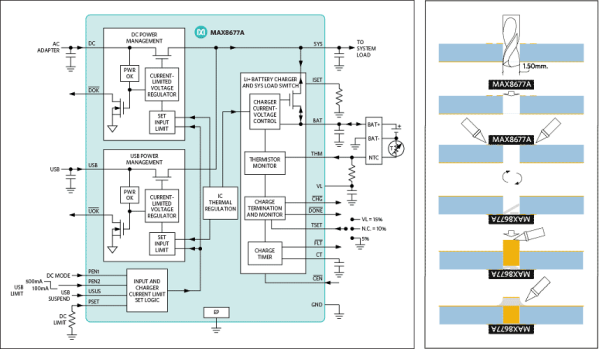![]() There are a ton of cheap RF transceiver boards available. [Martin] recently took a look at several of the most common ones and reports back on what you want to look for when acquiring wireless hardware for your projects.
There are a ton of cheap RF transceiver boards available. [Martin] recently took a look at several of the most common ones and reports back on what you want to look for when acquiring wireless hardware for your projects.
Ikea picture frame plus old laptop equals a roll-your-own digital picture frame which [Victor] built. It runs Ubuntu and is more powerful and extensible than anything you could purchase outright.
Our friend [HowToLou] sure loves the FlowRider. So much so that he’s trying to figure out how to make them less expensive to operate. He put together an example of how he thinks a standing wave can be created that follows the rider as they move along the surfing area.
[Garrett] released an Arduino library that offers threading, debugging, and error handling. The usertools package can be downloaded from his Github repository.
There’s only one way to gauge your Christmas cheer — hook yourself up to the XMeter built by [Geoff]. He’s the same guy who built a breathalyzer a couple of years back. It flashes images of holiday activities on a television while measuring galvanic response using a couple of DIY probes.
And finally, play around with a virtual x86 system. [Fabian Hemmer] wrote the incredibly full-featured virtual machine in JavaScript. You can get your hands on the code via his GitHub repo. [Thanks Martin]













